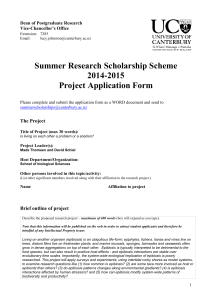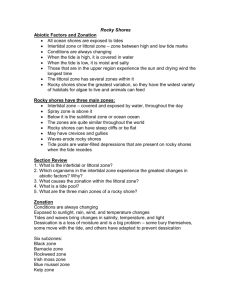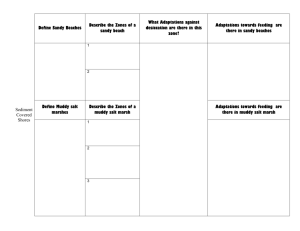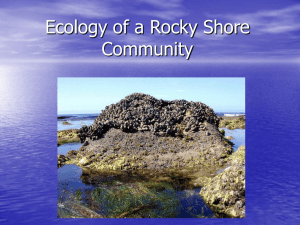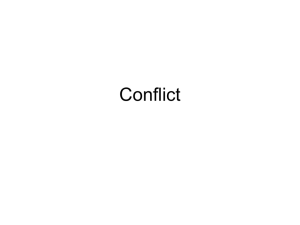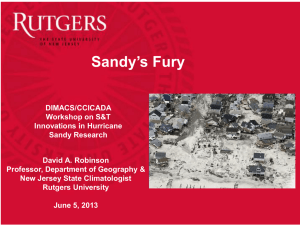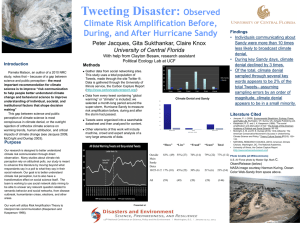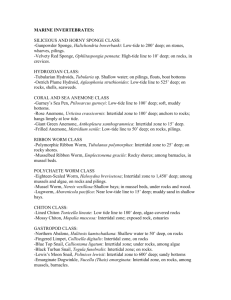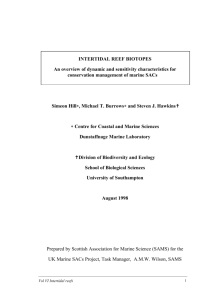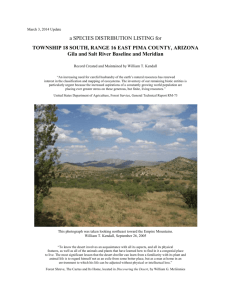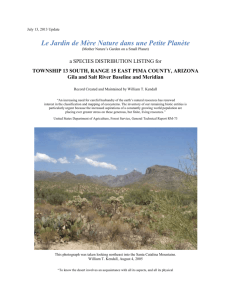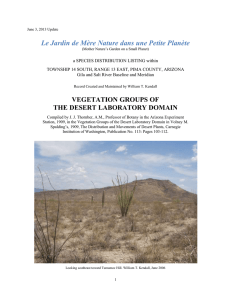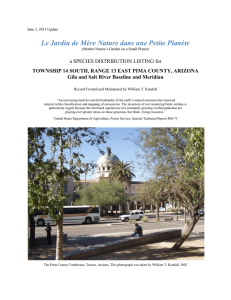Rocky and Sandy Shores
advertisement
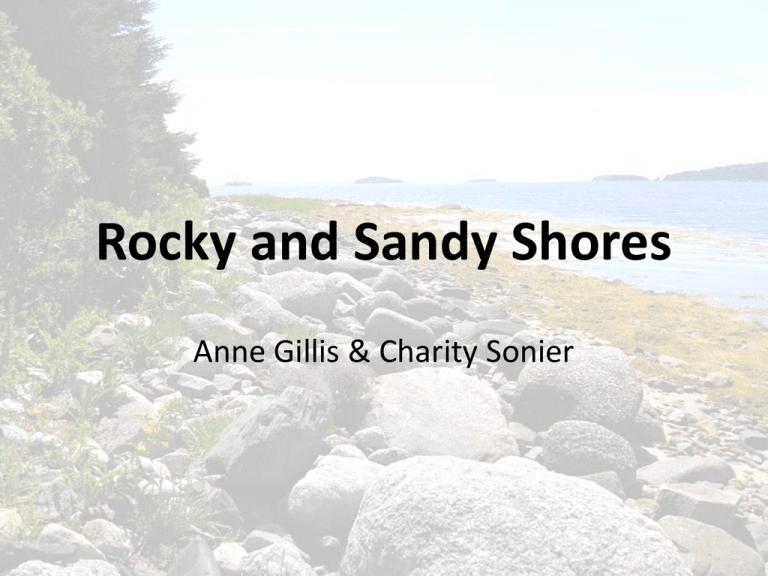
Rocky and Sandy Shores Anne Gillis & Charity Sonier What are Rocky Shores...? A rocky shore consists of rocky ledges with pools of salty water, boulders, pebbles and other nonliving things such as air and sunlight. Living in this habitat is a community of hardy plants and animals; each species is specially adapted for coping with the harsh environment around it. Rocky Vs. Sandy Along the rocky coasts, organisms can attach themselves to the rock; along a sandy shoreline, there is no way for the organisms to attach themselves to the sand. Also Sandy shores tend to have very high and very low dunes. Rocky and Sandy Shore Organisms • Sea Grass • Hermit Crabs • 11 Armed Sea Star • Barnacles • Limpet • Mussels • Hermit Crabs • They are specially curved and soft in shape and must take refuge in empty shells for protection • As the crab grows he is forced to move from shell to shell until he is fully grown. • Barnacles • Barnacles are encrusters, attaching themselves permanently to a hard surfaces • suspension feeders; they dwell continually in their shell. • Limpets – Numerous different kinds of saltwater and freshwater snails that have a simple shell. • Mussels – Related to the clam family – Lives in either saltwater of freshwater environments. Rocky Shores Barnacles • Splash tide and high tides Cockabully • Midtide Mussels • Clam, phylum Mollusca Sponges • Tidal fringe Sandy Shores Sandhoppers • High tide sandy shores Cockies • Low tide sandy shores THREATS TO ROCKY SHORES! Rocky shores and the life associated with them are harmed by pollution, much of which is brought to the coast by rivers. Sewage in river water can carry cholera which is then taken up by shellfish and, when this is eaten by people, the latter can become infected. Many rocky shores are subject to indiscriminate collecting of bait, shells and rock pool life.
